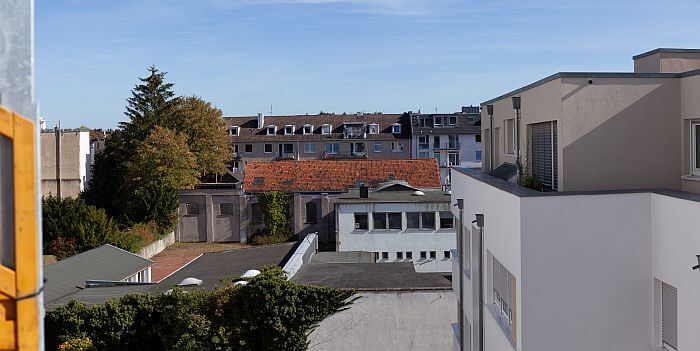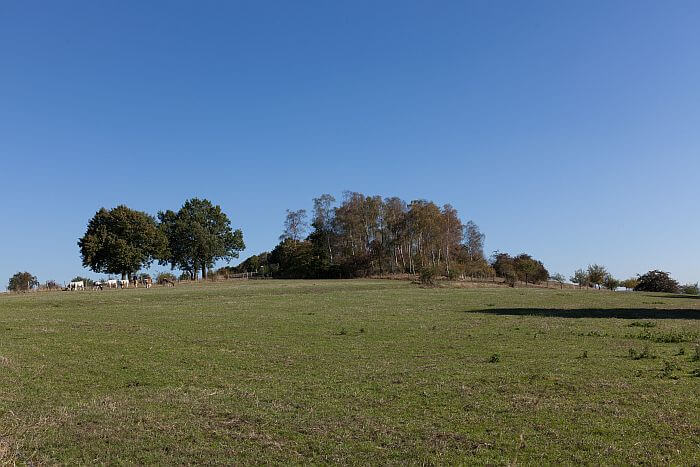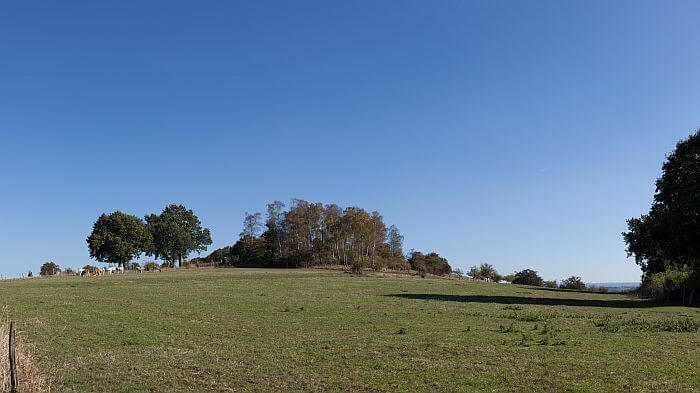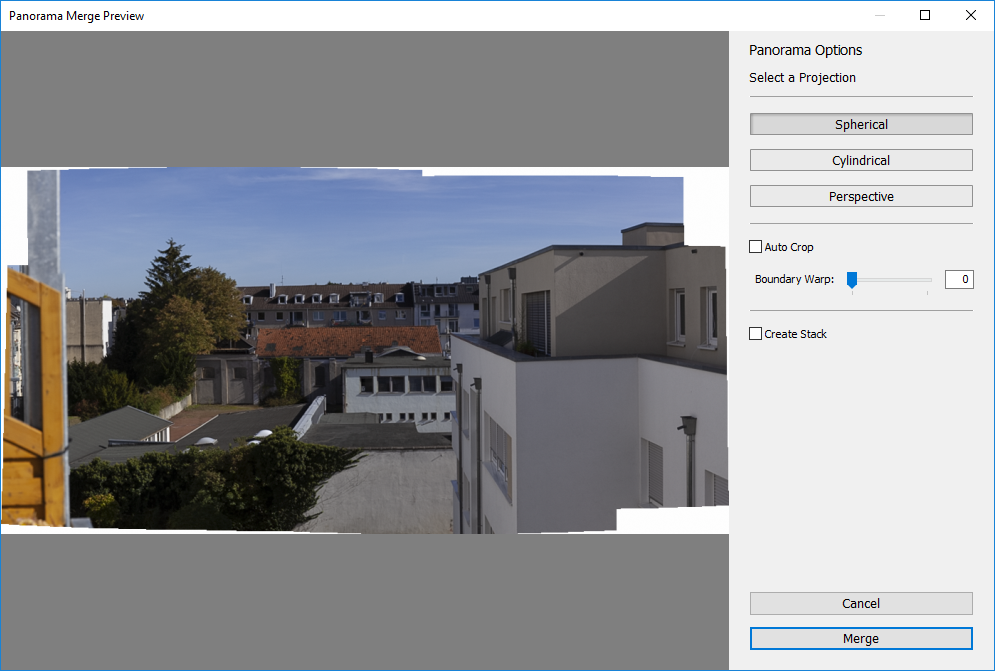Superresolution with panorama technique
I already did a blog post about superresolution which with a couple of images and a little help from Photoshop CC increases resolution by calculating a new image.
Introduction
This superresolution technique is based on a number of images shot handheld where the images are shifted against each by just a couple of pixels will result in a calculated image with a higher resolution but the result is not crisp sharp. So instead of of using images which are slightly shifted why not use the panorama technique right away.
Practice
Many of us link to the term panorama mainly captures with an extreme aspect ratio with a very wide horizontal dimension. But you can plan the image soll you’ll get a regular aspect ratio close to 4:3 or 3:2. Here an example:
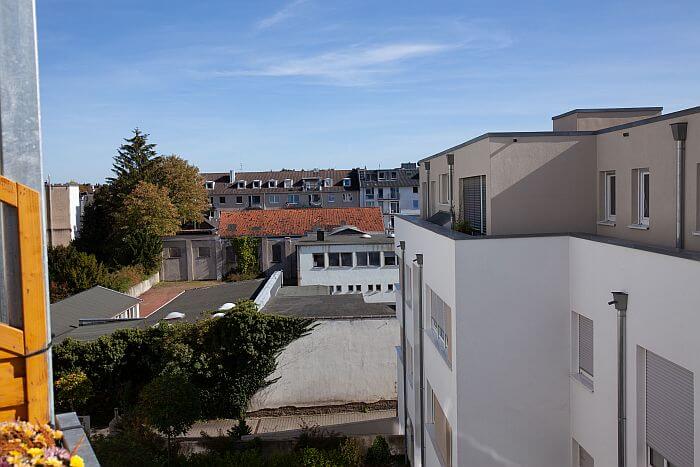 The image was done with a 5D MK II and 35mm and is 5616x3744px in size. If we now take a focal length of 70mm and take more images to cover up the field of view we’ll get an image with larger resolution after a stitching process.
The image was done with a 5D MK II and 35mm and is 5616x3744px in size. If we now take a focal length of 70mm and take more images to cover up the field of view we’ll get an image with larger resolution after a stitching process.
I should have take one more bottom row to achieve the same aspect ratio. But now this images is 9158x4595px in size, which is arround 42MPix and witrh an additionla lower row we would reach arround 50MPix.
And here the example from the video
Here the example shot as one-shot with 35mm and below the example with 12 images shot at 70mm.
The resulting images is 13670x7671px in size
Restrictions
This technique has the same restrictions as the superres treatment as mentioned in the blog post. The main object shouldn’t move while doing the base images but in contrast you might use a tripod. The above example were stitched with the panorama merge function from Lightroom CC but you might as well use PTGui or ICE.
Moving persons in a panorma shot can easily be masked out with PTGui Pro, so they don’t show up in final result.
And using longer focal length for capturing the base images you will occur a lot less of stitching errors.
Conclusion
With the panorama technique we’re able to generate high resolution images with little effort. The stitching process with the base images can be done with free of charge tools like Hugin or ICE. And time and effort for this is not larger compared to the regular superres technique. uperRes Verfahren.
ciao tuxoche
